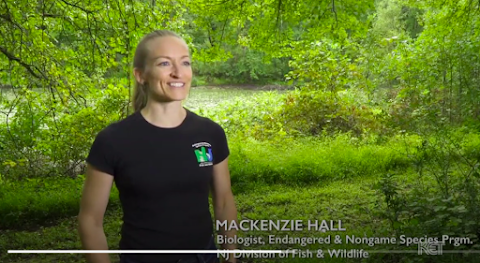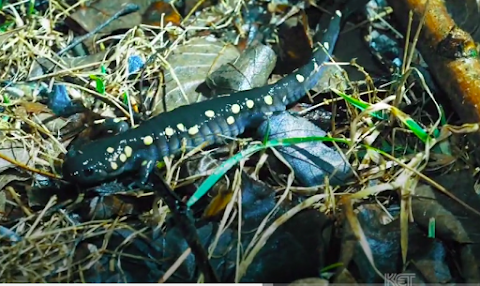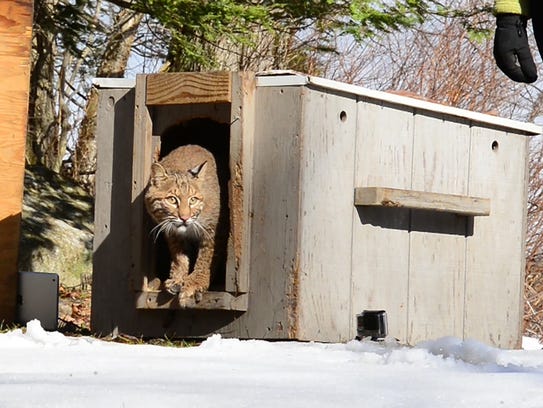
The bobcat population dropped in the past few decades. They were once fairly common in the state. But the population is on the rise again and if the trend continues the species may move from the state's endangered species list to be listed as threatened.
By the 1970s, bobcats were extremely rare primarily due to massive deforestation. A restoration project by the NJDEP relocated dozens of bobcats in North Jersey, and sightings began to increase by the 1990s.
The increased numbers also mean increased interactions with humans, including more bobcats killed by automobiles. In 2019, a state-record 15 bobcats were killed by vehicles and most road-killed bobcats are less than two years old.
Bobcats are restricted mainly to northern New Jersey with very few confirmed records in the past several years south of Route 78. Most sightings occur in Warren, Sussex, Passaic and Morris counties, but in 2017, New Jersey received the first confirmed observations from Mercer County in decades.
Bobcats rarely cause conflict with humans and generally avoid people. If you encounter one, give them some space and they will probably run away. As described by the New Jersey Department of Environmental Protection, these medium-sized cats are a shy animal that's larger than a housecat but much smaller than a cougar or lion. They prefer to prey on rabbits, mice, squirrels, turkeys, and ground-nesting songbirds. Bobcats may also feed on small or sick deer. They are not usually found in urban areas and in the wild prefer to den in crevices in rocks, under fallen logs, in thick tangles of vegetation, or under the root mass of a fallen tree.
If you see a bobcat, report it because a sighting helps officials track the species. Use the NJDEP form at state.nj.us/dep/fgw/ensp/rprtform.htm to report any rare wildlife in New Jersey. Call 1-877-WARN-DEP if you spot a dead or injured bobcat.
NJDEP Bobcat Fact Sheet https://www.nj.gov/dep/fgw/ensp/pdf/end-thrtened/bobcat.pdf








